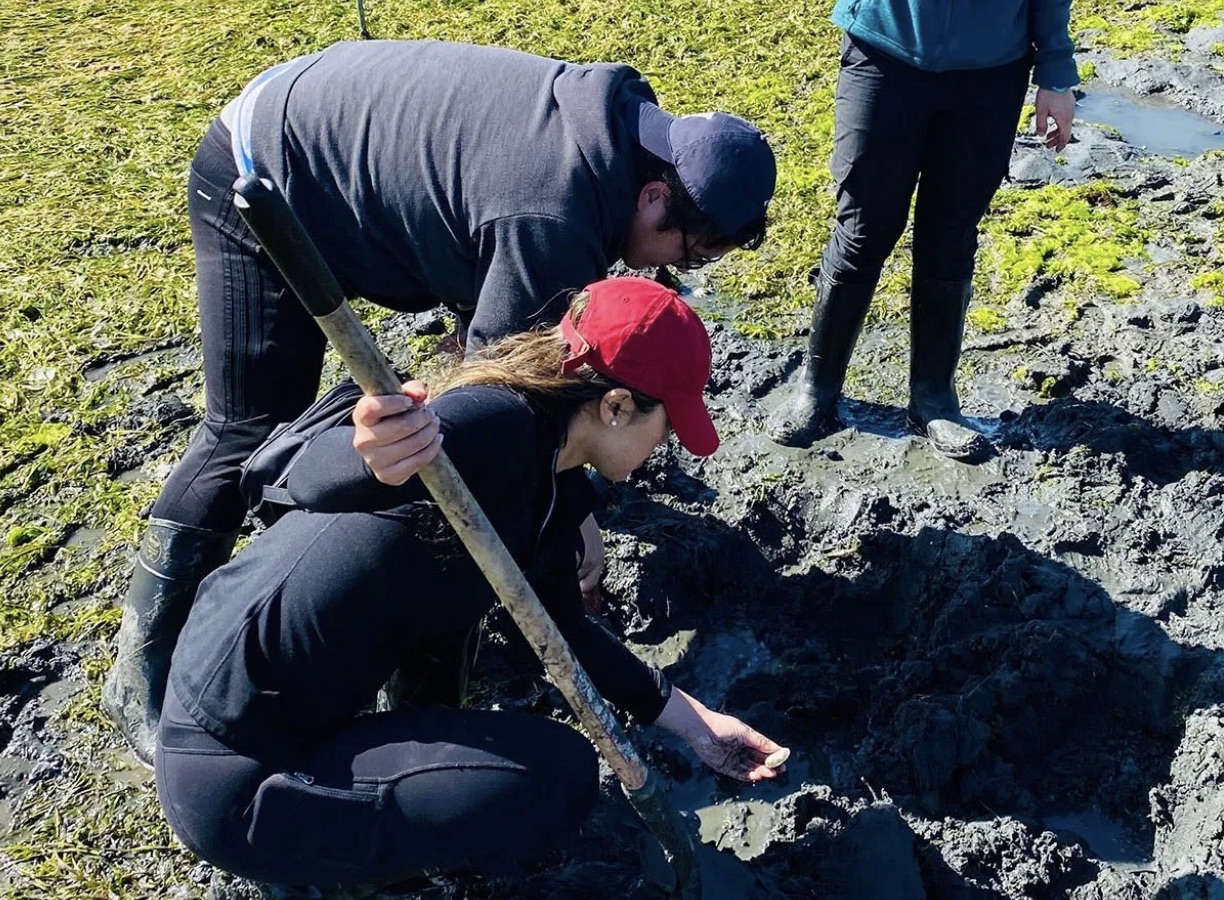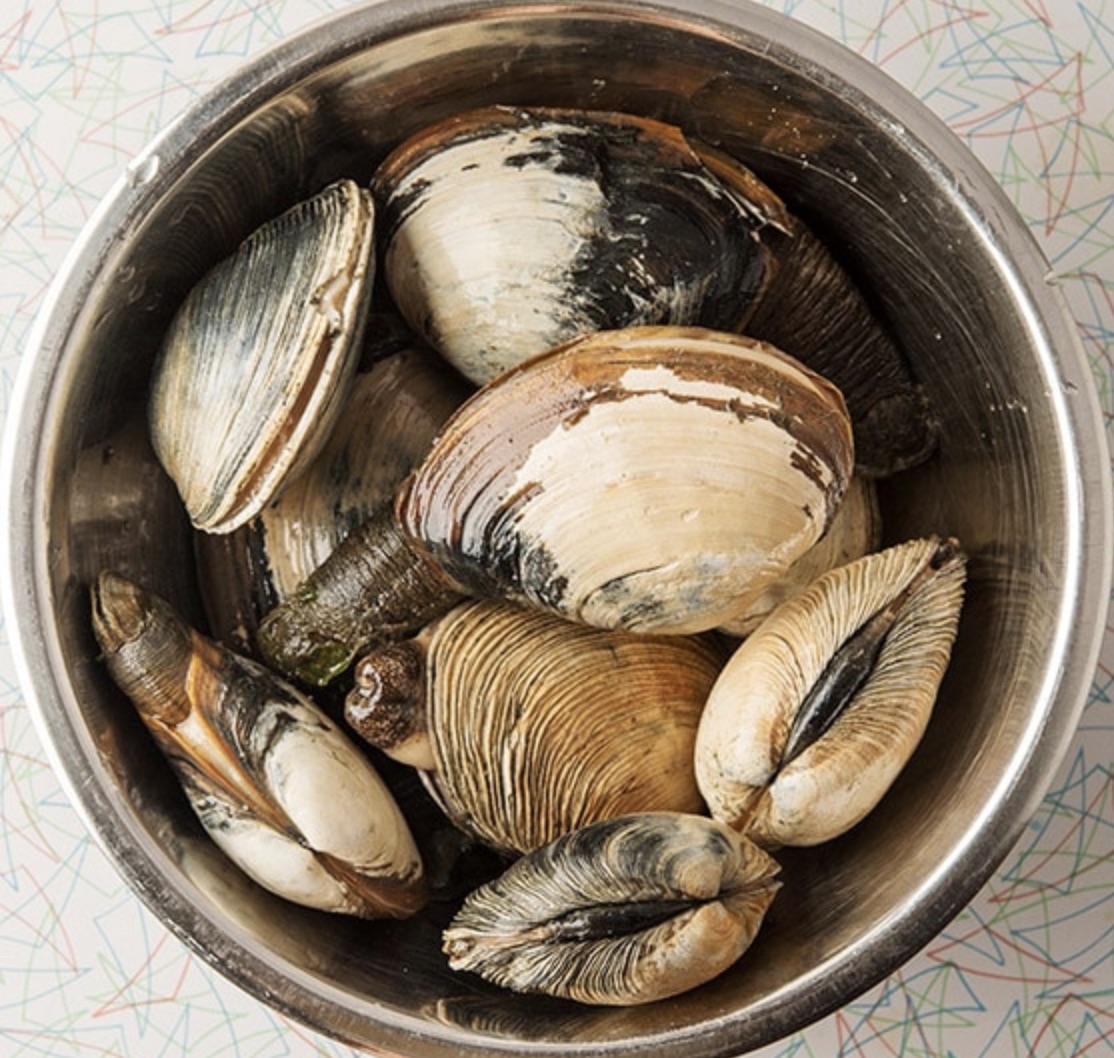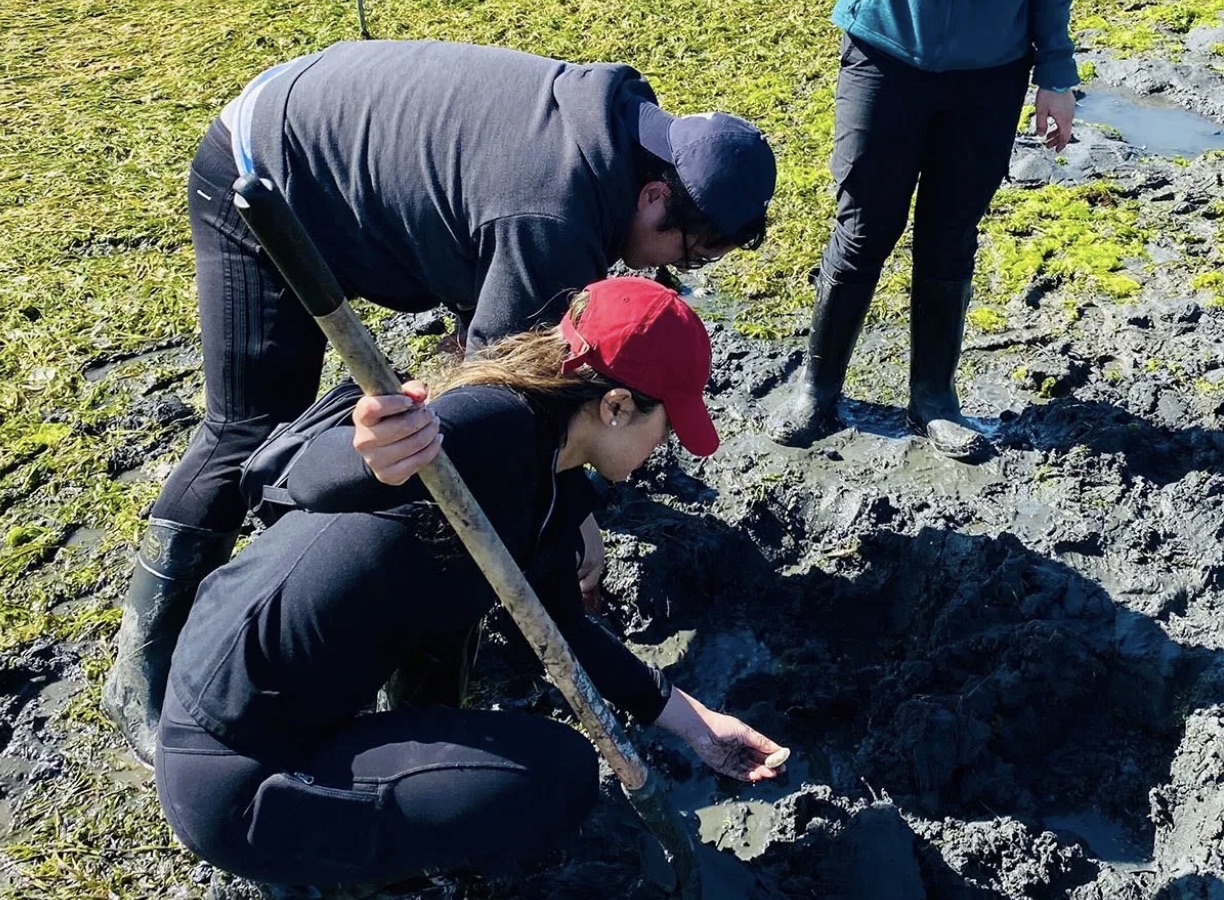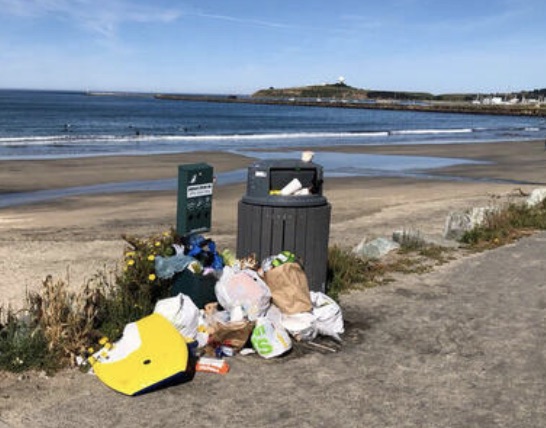|
Getting your Trinity Audio player ready...
|
PRESS RELEASE.
 SANTA ROSA, Calif. (AP) — So many Californians have been using a simple new device to dig for clams during the coronavirus pandemic that the state has had to step in with emergency prohibitions on the practice, according to a newspaper report.
SANTA ROSA, Calif. (AP) — So many Californians have been using a simple new device to dig for clams during the coronavirus pandemic that the state has had to step in with emergency prohibitions on the practice, according to a newspaper report.
The adoption of hand-operated hydraulic pumps that allow people to harvest the shellfish faster and in greater numbers has put abundant clam stocks in newfound jeopardy, the Santa Rosa Press Democrat reported Saturday.
As a result, the state Fish and Game Commission this month temporarily banned use of the water-squirting pumps that have become the dominant tool of clammers in recent years, the newspaper said.
The pumps have allowed people to quickly haul in their daily limit of clams and helped fuel illegal harvesting of noncommercial species that are winding up on the black market, officials say.
 A 2019 survey of clams taken in Tomales Bay, one of the state’s busiest clamming areas, showed 85% were obtained with the use of the new tool.
A 2019 survey of clams taken in Tomales Bay, one of the state’s busiest clamming areas, showed 85% were obtained with the use of the new tool.
“It’s not to say we won’t allow it in the future, maybe under some restrictions,“ said Sonke Mastrup, environmental program manager for the state Department of Fish and Wildlife. ”We just need time to explore it before we let things get any further down the tracks.“
The emergency rule, adopted Feb. 10 by unanimous vote of the state Fish and Game Commission and set to take effect in early March, temporarily bans use of the two-man pumps for as long as a year so the agency can analyze their impact on clam populations.
State Fish and Wildlife personnel said they view the emergency action as a stopgap measure, given a spike in clamming activity since the start of the pandemic, when shelter-in-place restrictions sparked heightened enthusiasm for outdoor recreation, including visits to the coast, the newspaper said.
Agency fears easy pumps threaten clams
Shovels typically work during the lowest tides, on roughly 150 days a year, and they require more finesse. But pumps work on most days, bringing ocean water into an area where a clam is suspected to be buried several feet below, to loosen the sand. They usually involve one person pumping while another feeds the plastic tube into the sand.
Fish and Wildlife wardens believe their use has led sport clammers to take more than the allotted 10 clams per day, and sometimes for sale.
“We’ve noticed particularly since the abalone closure in 2018 and then this past year, when folks have been restricted in what they can do due to Covid, there’s been a lot more interest in clamming and the harvest of tidepooling invertebrates,” said Ian Kelmartin, who specializes in invertebrate management for Fish and Wildlife. “It’s come to this perfect storm, where there’s this more efficient tool and more interest in recreational clamming in general, that is putting pressure on the resource that we don’t think is sustainable at the moment.”
The public may comment on the proposed ban on clam pumps during next month’s hearing, scheduled for Feb. 10 or 11. The emergency ban would go into effect almost immediately, while a longer process would take place throughout the year to make the change permanent. That effort would involve assessing the health of clam populations statewide.
Lawson’s Landing, a historic local spot for clamming, is being depleted, according to co-owner Willy Vogler. From the mid-50s until 1999, the landing owned a barge and would take visitors out 100 yards into the bay to two islands that only emerge on a low tide, known as Seal Island and Clam Island. That stopped because clams were becoming harder and harder to find.
Mr. Vogler, himself a clammer, opts to use a shovel. It’s a skill that he said took years to perfect. Yet he estimates that up to 80 percent of clammers on the shores of Tomales Bay today are using pumps, some of which are produced commercially but many of which are jury-rigged. The illegal commercial activity has been troubling.
“When you see beds of the pickups owned by the wardens full of clams they have taken away from people, yeah, something needs to be done,” Mr. Vogler said. “I’m in favor of doing something to prevent the clams from disappearing. At Lawson’s, it’s a family thing, it’s a historical thing, and it has been our bread and butter.”

A haul of gaper clams extracted by pump from the Lawson’s Landing area in 2018. The growing use of hydraulic pumps and rising interest in clamming has threatened regional populations. — Rich Meade, Department of Fish and Wildlife
How to Clean a Gaper or Horse Clam
Kirk Lombard of Sea Forager Takes Us on a Seafood Adventure in Pillar Point Harbor
This is a 2019 post. Do not use the pump, until the ban is lifted.
Use the shovel.
Driveway Clams from Finn’s Fishing Trips in Bodega Bay
Driveway Clams Ingredients
- 1 pack of bacon.
- 1 onion.
- 3 cloves of garlic.
- ½ stick of butter.
- 1 tablespoon of chili flakes.
- A small bunch of parsley.
- 1 tallboy can of light beer.
- 1 tablespoon of olive oil.
Driveway Clams Recipe
- Chop up your bacon into 1-inch strips.
- Cut the onion into ½ inch strips.
- Mince garlic.
- In a large pot, heat up olive oil and pour in the bacon, onion, chili flakes, and minced garlic.
- Let this brown under medium heat until onion is translucent and bacon is cooked.
- Add in the ½ stick of butter and let melt.
- Then add your clams filing the pot almost to the top.
- Pour in your beer, parsley, and put a lid on your pot.
- Let steam for 6 to 7 minutes.
- You’re ready to eat some clams! We love toasting some french bread to dip in the sauce too.






